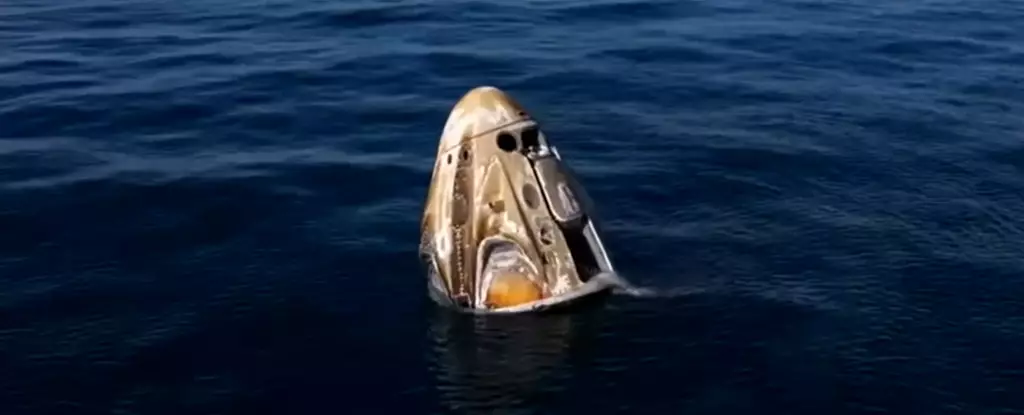What was initially envisioned as a brief eight-day mission aboard the International Space Station (ISS) evolved into a remarkable nine-month odyssey for astronauts Butch Wilmore and Suni Williams. Their anticipated return to Earth was marked by unforeseen challenges that tested the limits of human endurance and adaptability in space exploration. Launched on June 5, 2024, as part of the Boeing Crew Flight Test, the duo was supposed to demonstrate the capabilities of the new Starliner spacecraft. However, a glitch in the ship’s engines during its approach to the ISS led to their unexpected extended stay. This incident starkly illustrates the unpredictability of space missions and the complex nature of interstellar transportation.
Boeing’s Commercial Aspirations Tested
The setback for Boeing’s commercial space ambitions represented more than just a technical failure; it resonated throughout the space industry, prompting a reevaluation of safety protocols and operational readiness. The Starliner was intended to be the flagship of Boeing’s crew transportation solutions, aiming to bolster America’s position in the new era of commercial spaceflight. However, the realization that Wilmore and Williams would have to wait for a ‘rescue’ mission exposed vulnerabilities in the systems designed to ensure the safety and security of astronauts. Such incidents underscore the immense responsibility space organizations have in preparing for every conceivable scenario, reinforcing the idea that even the most advanced technology can falter.
The Human Experience in Space
Despite the extended timeline, both Wilmore and Williams maintained an optimistic outlook, engaging in a plethora of scientific research that included over 150 experiments. The daily routines aboard the ISS transformed a daunting experience into an incredible opportunity for discovery and learning. Such resilience highlights the psychological adaptability of astronauts who continuously navigate the uncertainties of space life. Their ability to maintain focus and motivation serves as an inspiration both for aspiring astronauts and for those in high-stakes environments on Earth.
The Final Journey Home
After months of dedication and tireless work at the ISS, the culmination of their mission arrived with a memorable journey home in a SpaceX Crew Dragon capsule. The 17-hour return trip was filled with anticipation, reminiscent of the milestones of space exploration. As the spacecraft maneuvered gracefully back toward the Gulf Coast of Florida, it not only symbolized the successful conclusion of a challenging mission but also marked a significant moment in the evolution of commercial space travel. The craft’s successful splashdown at 5:57 pm ET served as a triumphant reminder of human ingenuity and perseverance.
A Legacy in Space Exploration
The experience of Wilmore, Williams, and their crew fundamentally changes the narrative surrounding commercial spaceflight, as they return with invaluable insights and experiences. Their historic mission, once a tale of unforeseen challenges, transformed into one of resilience, discovery, and the spirit of scientific exploration. This saga illustrated that, while humanity continues to push boundaries in the quest for knowledge, the journey is often as significant as the destination, inspiring future generations to dream beyond the stars.

